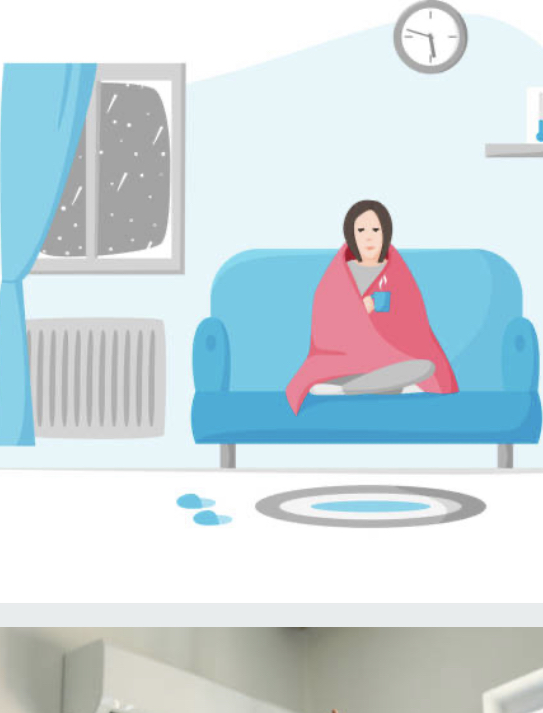Safe And Affordable Ways To Keep Heating Bills Lower This Winter

Heating bills are expected to increase this winter by 28% in nearly half of US homes. The cold days of winter are upon us… Energy and fuel costs are soaring as supply continues to tighten, but there are ways to save on your heating bill. One way is to seal up leaks. There can be air leaks in walls, windows, ceilings… Anywhere air can escape. Caulking and weather striping are helpful ways to seal up air leaks. Programming the thermostat can also be helpful; there can be as much as a 10% savings a year by dropping the thermostat 7-10 degrees for eight hours a day. Shutting doors of unused rooms, wearing warmer clothing, cooking, and buying curtains and shades are also affective ways to lower your heating costs.
As costs rise, people naturally look for alternatives to heating. Ventless gas heaters are heaters that do not have a vent or chimney… These heaters are inexpensive and can be placed anywhere in a house or apartment; however, the indoor air quality can be compromised. Since the 1980s, all ventless warmers have been required to include an oxygen depletion sensor – this senses the oxygen in the room, and if the concentration of oxygen falls below a certain threshold, the heater is turned off. Ventless heaters are not meant for long-term use, or to be used to heat more than one room; they are designed to only be used when essential, and under parental supervision… And, because the heaters do not circulate air from the outside, it is essential to open a window when using them.
Ventless heaters also create combustion byproducts that are harmful to your health: these include Carbon Monoxide, Nitrogen Dioxide, and Water Vapor.
Carbon Monoxide is hazardous, and can be lethal in high concentrations; in low concentrations, it can cause health issues. Nitrogen Dioxide can affect your immune system and make you more susceptible to respiratory disease. Water vapor can cause mold to grow, which can trigger allergy and asthma attacks. Ventless heaters do not have sensors for carbon monoxide or other harmful pollutants.
There are extensive safety warnings that accompany ventless gas heaters. These outline the dangers and potential hazards of the heaters.
There are other alternatives to help keep heating costs lower and your home safer – changing filters ensures that the systems are working as efficiently as possible. A ceiling fan set to clockwise can be utilized to help to push heat down in the room. Buying shades and curtains help keep the house warmer; about 30% of heat loss is through windows.
These are safe and easy ways to help keep your home a bit warmer this season. Although ventless heaters may seem like a great bargain, there are health and safety risks associated with them as well.